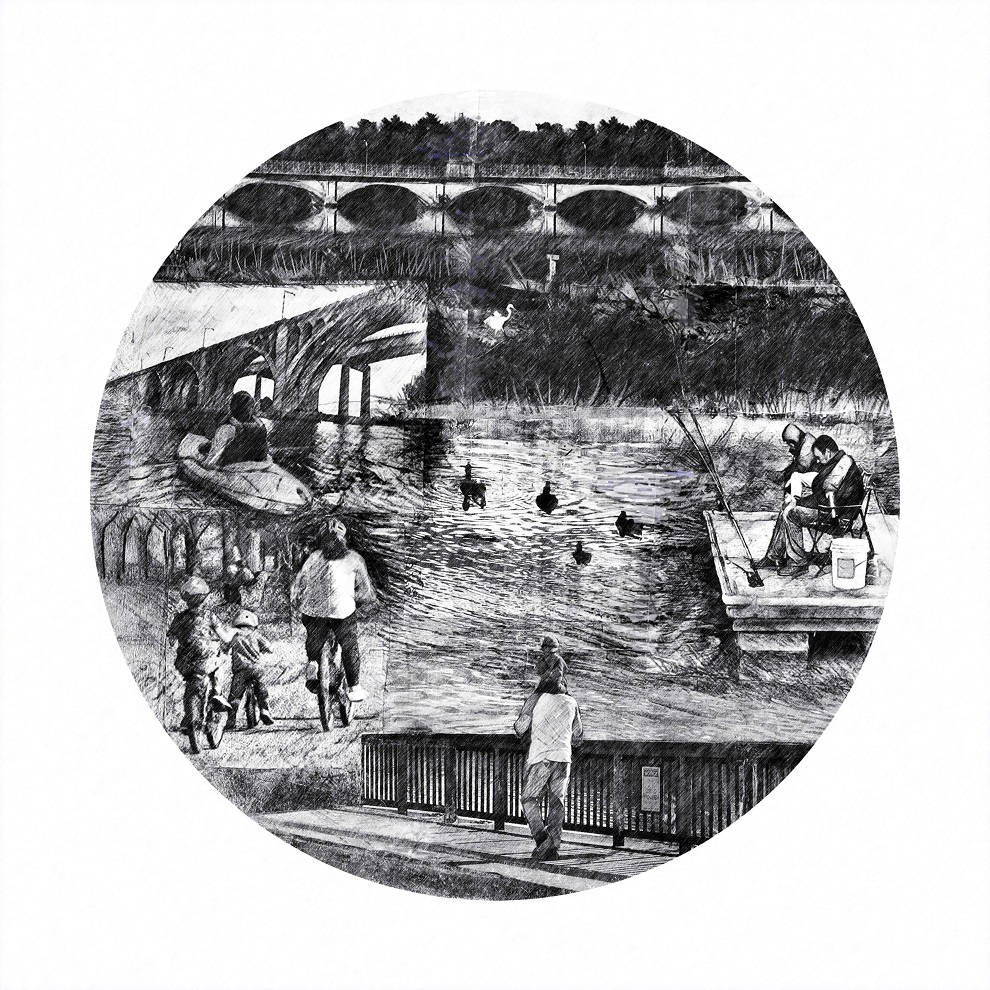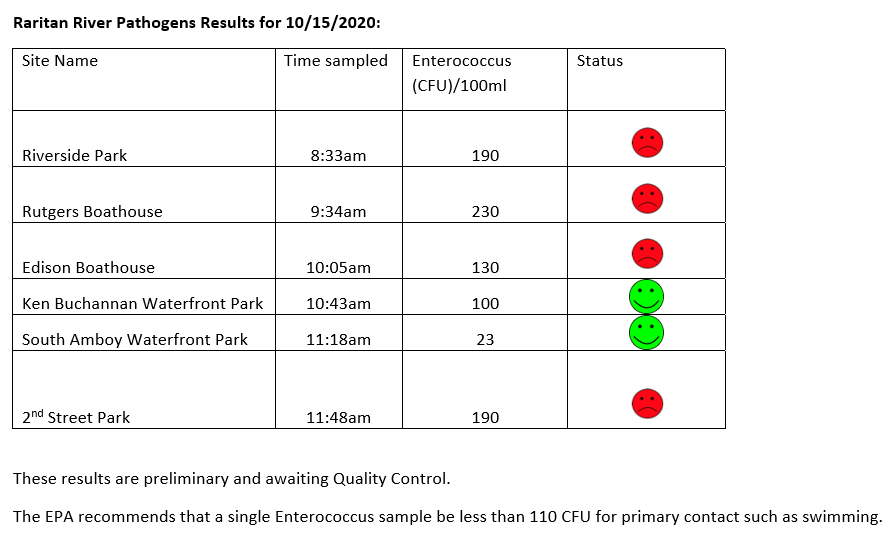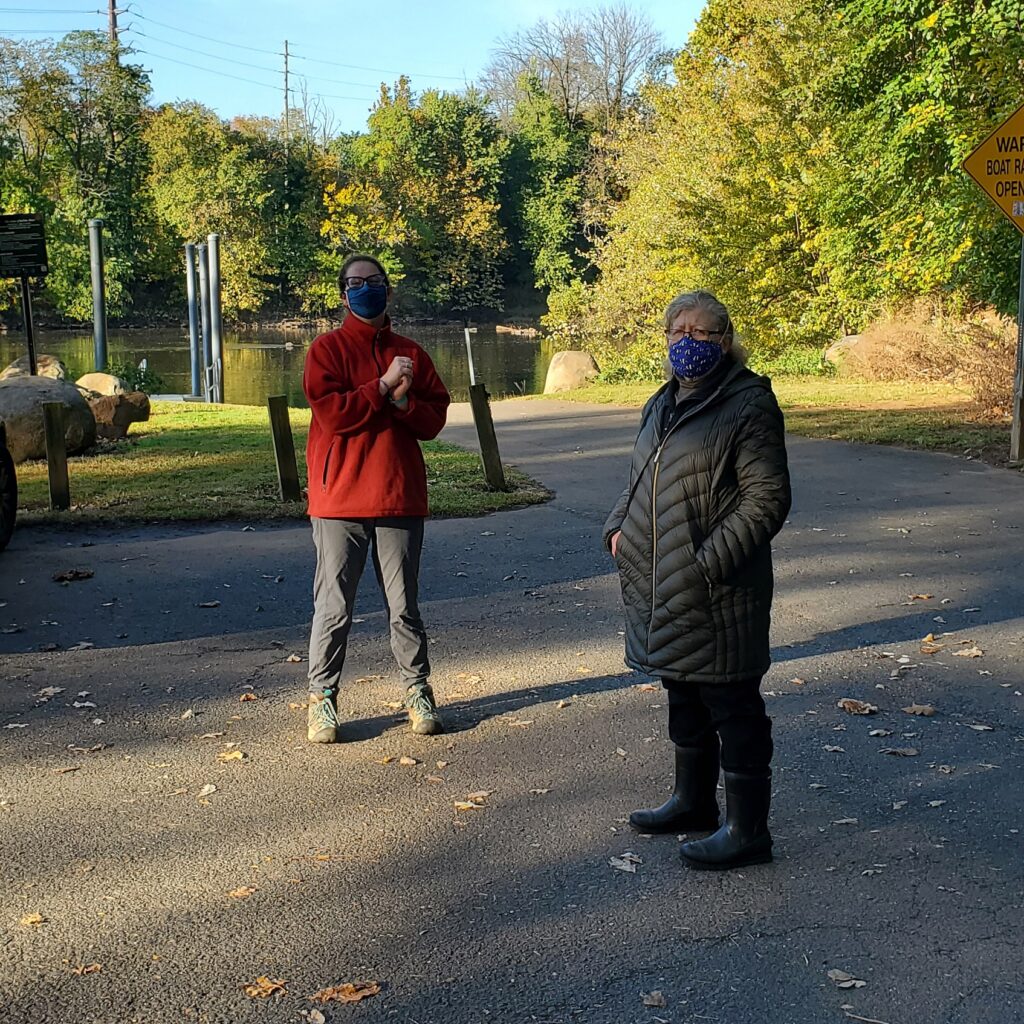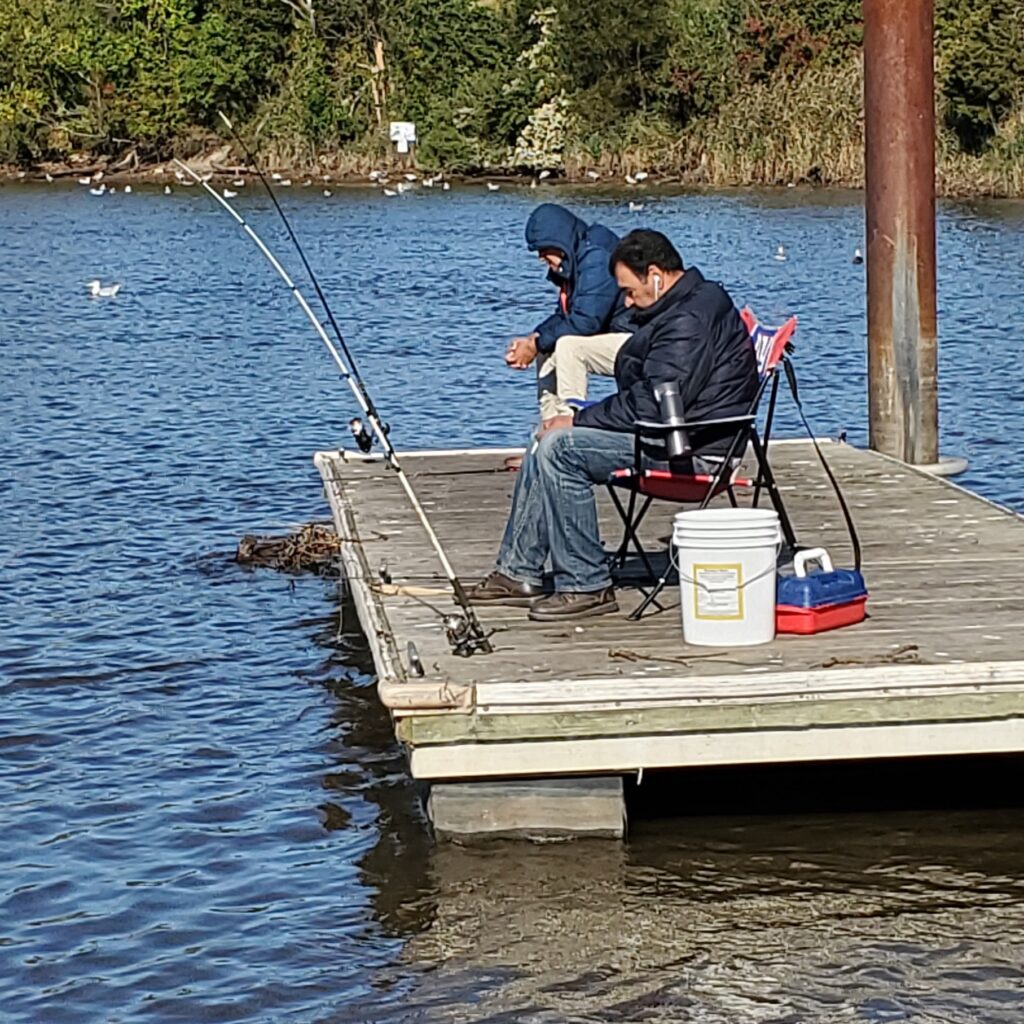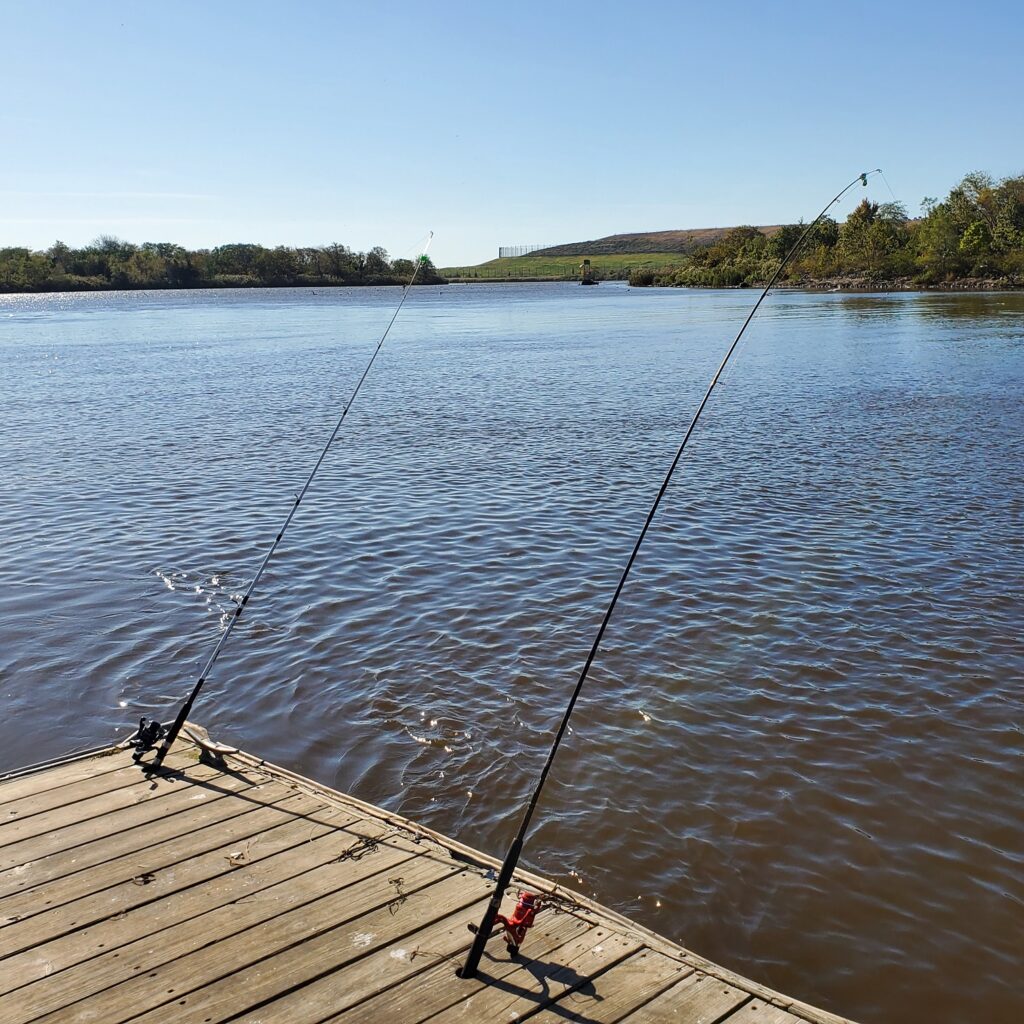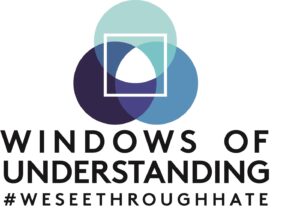An Interview with Windows of Understanding artist Marcia Shiffman
Interview by Stacey Nunda, LRWP Spring 2021 Raritan Scholar
In December 2020 I had the opportunity to speak with Marcia Shiffman, the LRWP’s 2021 Windows of Understanding partner artist. I learned about Marcia’s work, how she became involved with the Lower Raritan Watershed Partnership, and how the LRWP’s October 2020 Environmental Justice listening session helped Marcia shape the collages she created for installation as part of the 2021 Windows of Understanding program.

WOU artist Marcia Shiffman
https://sites.google.com/view/marciashiffmanart/home
How did you decide on the medium for the artwork you produce?
I would have loved to have done a print but I really couldn’t so I started out by doing sketches and using photographs. I went out with Heather to see her do water quality testing one day, and I took a lot of pictures. Originally I did a sketch based on the photos and took the sketch and created it as a digital image. As I worked through the sketch I decided I wanted to use the photographs more directly, so I took them and modified them. I put them together similar to the sketch but then it got developed into a collage where it combined the photos. When I finished that I decided I would look at creating it as a digital print, so I photographed it then I worked on it a lot in terms of sketching on top of the image and making the collaged photos fit together more smoothly.
What prompted you to incorporate environmental themes in your work?
I’m working with the Lower Raritan Watershed Partnership which is an environmental organization. I looked at an important part of their work. I reviewed their website which is pretty amazing. I tried to show different elements of how the Raritan is used and how access is important. I wanted to tell a story.
How did those environmental themes motivate you to include social and environmental justice, along with environmental equity themes?
Public access to open space is really important and making sure it’s available. That was something that came out strongly in the discussion with the group. Environmental justice, access to clean water…it all ties in. I thought about that when I was doing the images. I remember one of the people at our meeting talked about the need for more trees and more greenery in the city. The need for better access to the park as well, so it was something I thought about when I was putting together the images.
In what ways did you first engage with the work of the Lower Raritan Watershed Partnership?
I was coordinating with Heather, the board president. We set up a zoom meeting which was made available to anybody who was on their list to join us to talk about the project and what they felt was important to be considered. Heather had done a really interesting presentation to start the process. I had provided sketches and then I met with Heather and another volunteer. We went to two testing sites and then I visited other sites myself which was really fun. I hadn’t known about some of these parks in Edison and Sayreville. After that I put together the sketches with the photos and sent them to Heather who distributed them to the Partnership for comment.
Your piece “Along the Raritan” showcases the many possibilities for engagement along the river. Which activities would you say have helped you form a personal connection with the Raritan in your own life?
I live in Highland Park so with Covid I’ve walked a lot and a number of them have been at Donaldson Park which is along the Raritan. I think with Covid and lockdown that makes one more aware of the beauty of the river and the need to protect it. You’re really limited where you can go and how you can access things. Mental health is a real issue for a lot of people, especially when you’re isolated or live at home by yourself. Having access, it makes you aware how important open space is.
What feelings or motives do you hope your pieces will evoke in the viewers who see it?
I think one thing is understanding the importance of the Raritan Watershed and how it’s important for everyone in this environment. It does provide, especially along the Raritan, so much open space and options for recreation, for food, for fishing…just enjoying outdoor areas. I think it highlights that. Maybe people may not be aware of how important it is. There’s a need to keep the waterways clean. I hope people will understand that and engage with the Partnership.
I did not know about the Partnership before so I’m really pleased to know about it and I’d like to get more active. I spoke to Heather and I’ve offered to donate my work to get auctioned for the Partnership. I’m very pleased to have been part of this process.
For more about Marcia Shiffman and her work, visit her website at Marcia Shiffman Art.
Please join the LRWP’s mailing list to find out more about how you can participate in the auction for Marcia’s work!

